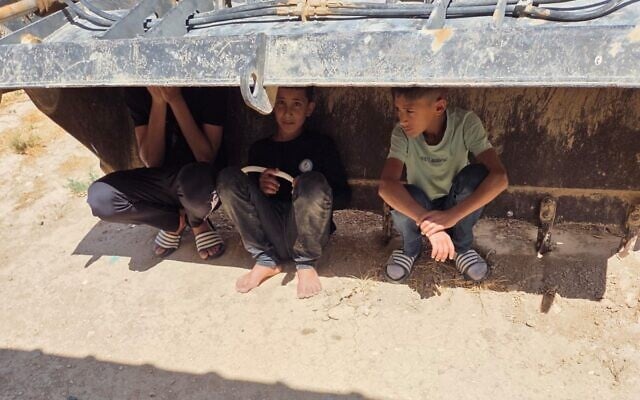


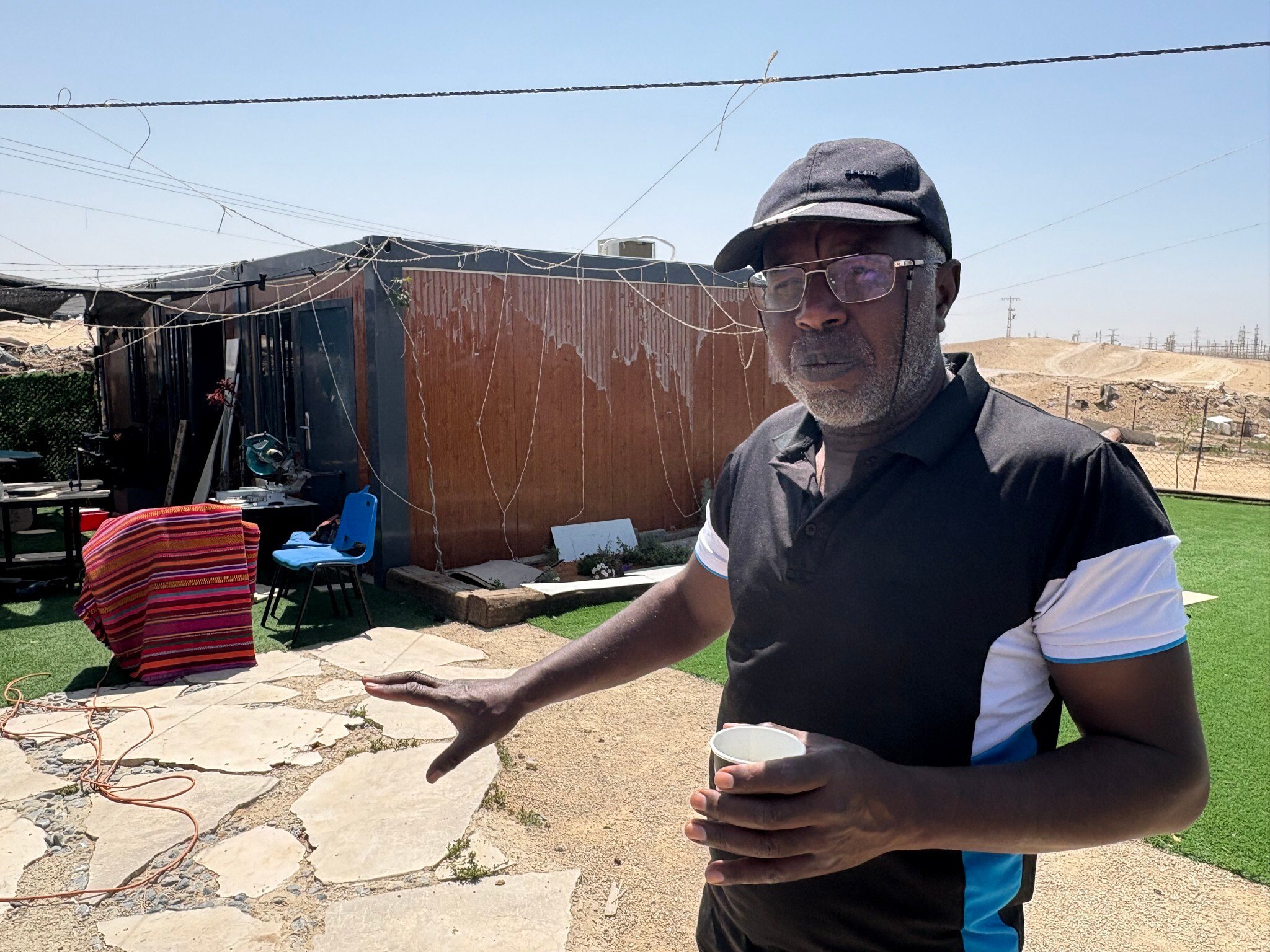
The shelves in Hafez’s kitchen are mostly bare, he says — just flour, oil, and whatever he can stretch through the week for his wife and seven children. He has been working as a driver for 15 years, but lately, it has not been enough. Prices have soared, work is harder to come by, and food is harder still.
“Since COVID-19, things have gotten worse,” the 52-year-old said from his home in Wadi al-Na’am, one of Israel’s largest unrecognized Bedouin villages. “Especially food.”
The war that began on October 7, 2023, only deepened the crisis. But nearly two years on, with no change in sight, the shortages he and others face feel less like a moment of emergency and more like a new normal.
A report published in March by the Adva Center and the Negev Coexistence Forum lays bare the situation’s scale and complexity. Based on 21 in-depth interviews with Bedouin women from seven villages, the researchers found that structural deprivation, cultural stigma, and post-war economic fallout have left many families relying almost exclusively on bread, flour, and oil — if they can obtain them.
“People couldn’t leave the village to get food,” said Huda Abu Obaid, director of the Negev Coexistence Forum and one of the report’s authors. “For weeks, we brought food ourselves — trucks of flour, tens of thousands of food boxes. It was an emergency.”
While the report was published in March, and chronicled the two years prior, Dr. Shani Baron, a researcher at the Adva Center and one of the authors of the report, says that the situation today remains largely unchanged.
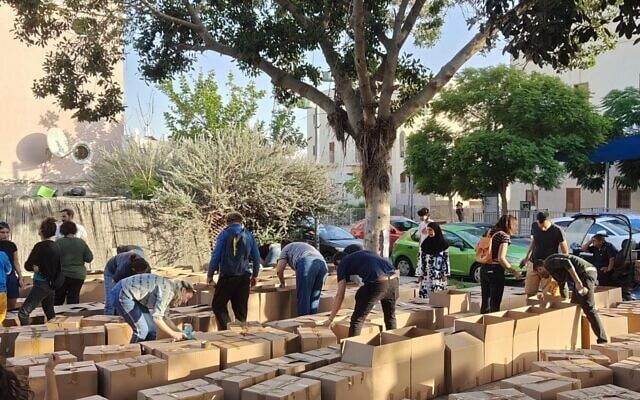
Residents say what was once considered a wartime anomaly has since become a chronic reality and compounded by a deep sense of shame.
“We are Bedouins,” one woman told researchers. “We can subsist on olive oil. We don’t say we don’t have food.”
That cultural stigma runs deep, especially for men.
Unemployment and poverty have deepened in recent years, especially since COVID. During the pandemic’s first lockdown, families were left with no income at all.
“Most people here work in construction or agriculture, and they earn very little,” said Najib Abu Gharbiyeh, a local leader in Wadi al-Na’am. “I have the same salary I had 10 years ago. The cost of living has gone up, but nothing else has changed.
‘I have the same salary I had 10 years ago. The cost of living has gone up’
“Most people don’t say anything. Bedouins won’t ask for help. There’s a sense of honor. We’d die of hunger before we’d say we’re hungry.”
The Ministry of Agriculture, which oversees national food security, and, inexplicably, the Ministry for Combatting Antisemitism, which oversees the Authority for Development and Settlement of the Bedouin in the Negev, acknowledged receipt of The Times of Israel’s request for comment, but did not respond.
Just off Route 40, about 10 kilometers south of Beersheba, bordering an electrical grid that they are not allowed to connect to, and buried deep among the sand dunes of the central Negev, lies the Bedouin village of Wadi al-Na’am.
It is a community all but invisible to the state that surrounds it. Wadi al-Na’am does not appear on most maps because it is not recognized by the state, making it reachable only to those who already know where to look.
Accessible only by a tangle of unmarked dirt tracks, tracing giant dunes, the cluster of tin-roofed homes and makeshift structures gives little hint that this is home to more than 5,000 people. At night, the village, which is not connected to the electrical grid that neighbors it — disappears entirely.
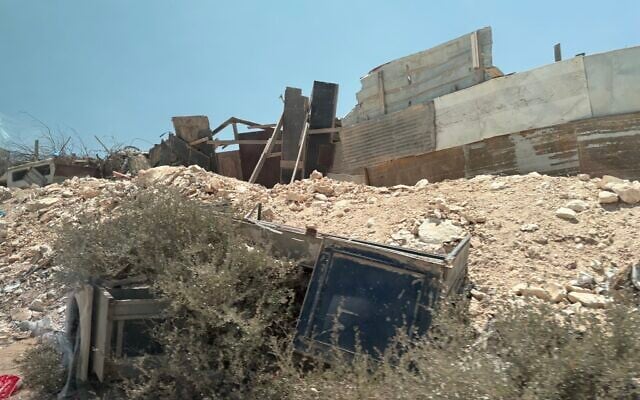
“There’s no electricity,” said Abu Gharbiyeh. “There’s water, but no cold water in summer. No internet. There used to be, but now there’s no reception. We can build roads ourselves, but the government will destroy them.”
The lack of infrastructure is not a bureaucratic oversight. It is the direct result of a long history of dispossession, said Abu Obaid, a lawyer by training and herself a resident of the Bedouin town of Lakiya.
“These villages aren’t even on the map,” said Abu Obaid. “It’s a problem the state created.”
‘These villages aren’t even on the map. It’s a problem the state created’
Before 1948, roughly 120,000 Bedouin lived across the Negev. Many fled or were expelled during the war. Those who remained were concentrated by the state into a restricted area under military rule until 1966.
“They gave us land we couldn’t farm and said, ‘This is yours now,’” said Abu Obaid. “People lost their income from agriculture and shepherding. You couldn’t leave. You had to get permission just to walk away.”
The report’s research focused on the intersection of food insecurity and historical changes in labor, particularly the disappearance of traditional Bedouin agriculture and livestock practices.
“There is no Bedouin agriculture today,” Baron noted. “The state limits the number of camels and livestock they can have.”
The state does not recognize the villages or their land rights. While there is no official cap on herd size, Bedouin in unrecognized villages are effectively limited to keeping only a few animals due to zoning restrictions, lack of grazing rights, and frequent confiscation by authorities.
Today’s unrecognized villages are often inhabited by descendants of those who refused to move again.
“Everyone knows where their land is — and the state knows too,” Baron said. “But because it was never written down in a contract, the state doesn’t recognize it.”
Without recognition, the villages are excluded from basic services: electricity, paved roads, sewage systems, public transport, emergency services.
The connection between infrastructure and food insecurity is direct, said Baron.
“They have no way to store food — no refrigerators, no freezers,” she said. “There’s no transportation to get more food. No daycare so women can work. No infrastructure to allow self-sufficiency.”
Mobility is a major obstacle even in recognized towns.
“In Lakiya, we only got public transportation in 2008,” said Abu Obaid. “And culturally, women still feel stigma using it. About 30 percent of people don’t own cars. If you can’t drive, you can’t get to work or the supermarket.”
She said that during the early days of the war, even recognized towns faced acute shortages.
‘There’s shame. If a woman brings food, it offends the man’s honor. So she hides it’
“People would call and say, ‘We don’t have flour,’” she said. “The shops were empty. Trucks weren’t coming through.”
The war, she added, intensified problems that had been growing since COVID.
“After COVID, we thought we had seen the worst. But the war brought fear, racism, job loss. People stopped leaving their homes,” said Abu Obaid.
For many women, asking for help is still taboo.
“There’s shame. If a woman brings food, it offends the man’s honor. So she hides it. We didn’t even interview men for the report — many women wouldn’t tell their husbands,” said Abu Obaid, explaining that admitting to accepting food from outside sources or participating in the research could be seen as a threat to the man’s dignity.
Abu Gharbiyeh, a local leader and activist, remembers a time when food was not a concern.
“Until the late ’70s, we had dried vegetables, meat. We sold produce and meat to Gaza. But after the intifadas, that ended. We’ve never recovered.”
Ratb Abo Krenat, who oversees the building of community centers in five unrecognized villages as a project manager with the NGO AJEEC, says much of the food aid happens informally.
He recalled one case that underscored the quiet desperation some families face: a divorced woman with children who asked for help discreetly.
“She didn’t want anyone to know,” he said. “Her husband had left. We told her: go to the supermarket, get what you need and we’ll pay for it.”
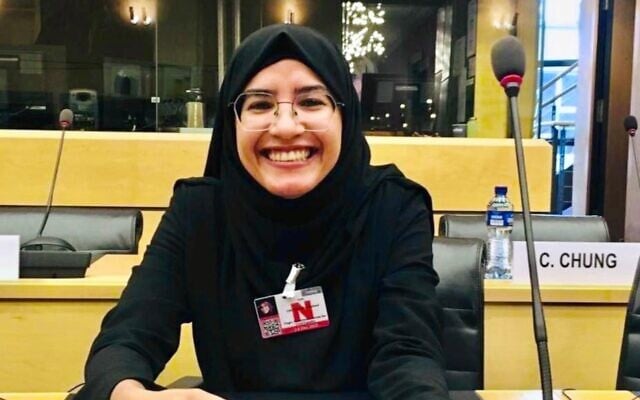
Residents repeatedly emphasized the role that pride and shame play in preventing residents, especially men, from asking for help.
“They don’t want to say they’re food insecure,” said Abu Obaid. “They want to stand on their own — with oil and bread.”
Still, she warned, pride isn’t enough. “The state is absent,” she said. “This is not something civil society can fix.”
While the state has promised plans — industrial zones, public transit, schools — implementation has been sporadic or nonexistent.
“On paper, everything exists,” said Abu Gharbiyeh. “But on the ground — nothing.”
‘On paper, everything exists. But on the ground — nothing’
In Rahat, a government-backed industrial zone employs fewer than 90 people. In Laquiya, public transportation only arrived in 2008. In villages like Wadi al-Na’am, basic recognition is still elusive.
Baron said that food insecurity is part of a broader “wealth nexus” — tied to energy, water, mobility, and labor.
“This is the starting point for everything,” she said. “Electricity to chill, water to clean, transport to get food. It’s all connected.”
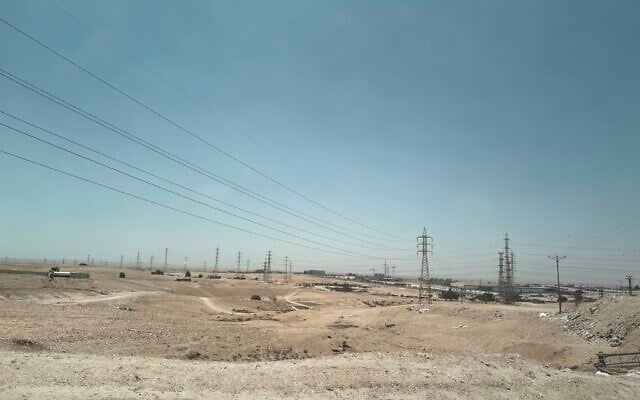
The report recommends a government emergency food program tailored to the conditions of unrecognized villages — localized storage, access to fresh food, and contingency plans for the crisis. But more broadly, the authors insist, the solution must include recognition, infrastructure, and social investment.
Abu Gharbiyeh is also frustrated by the lack of local leadership.
‘The state doesn’t care, and our own people have stopped caring, too’
“We have a leadership crisis — not just among Bedouins, but in Arab society as a whole. The state doesn’t care, and our own people have stopped caring, too,” he said. “We’ve become a militant society — crime is everywhere.”
“We need to start talking about this and raise our standard of living,” he said, but emphasized that recognition of their villages is the key to unlocking the interconnected web of crime, poverty, and food insecurity plaguing his community.
“Recognize our villages. Let us live with dignity,” said Abu Gharbiyeh .

